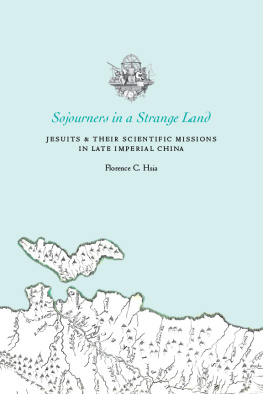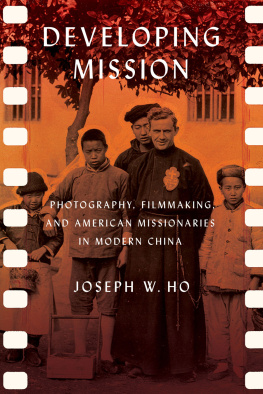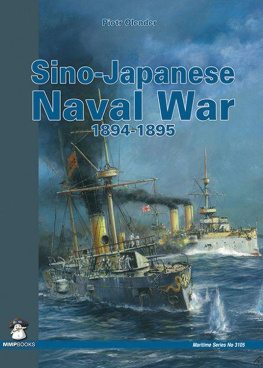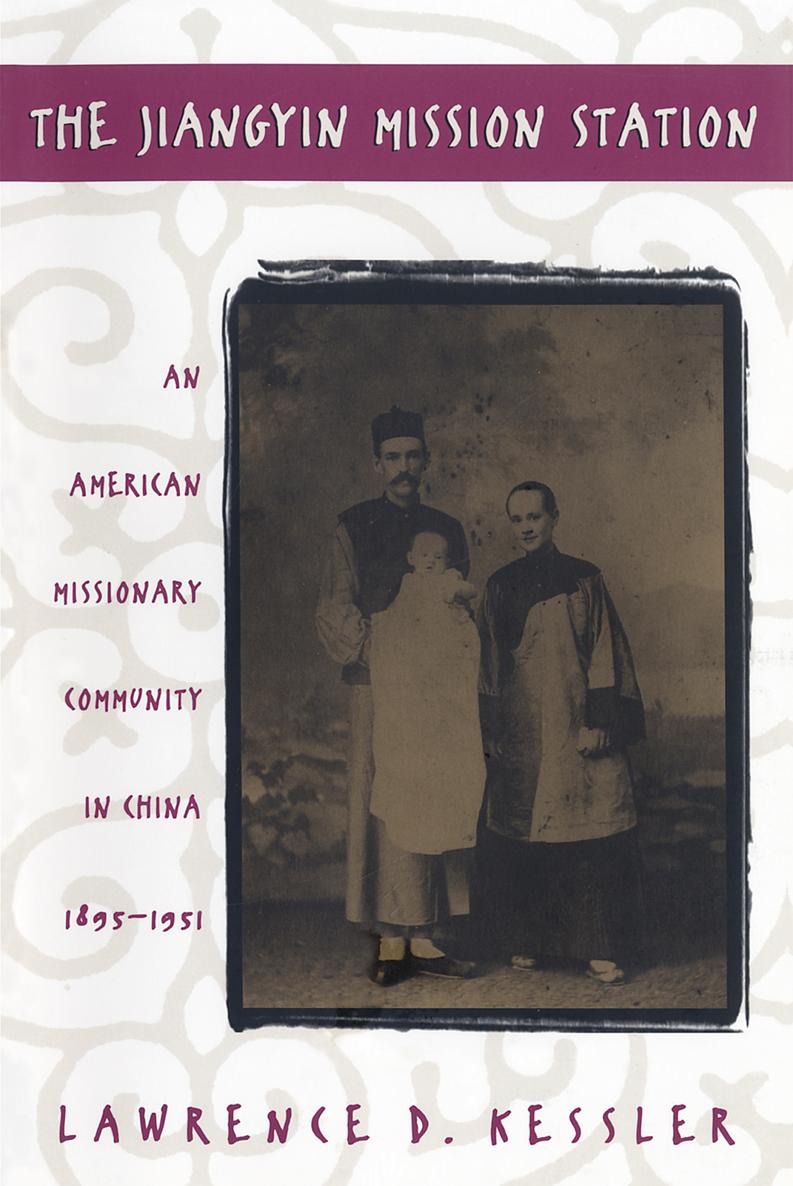1996 The University of North Carolina Press
All rights reserved
Manufactured in the United States of America
Library of Congress Cataloging-in-Publication Data
Kessler, Lawrence D.
The Jiangyin Mission Station : an American missionary community in China, 18951951 / by Lawrence D. Kessler.
p. cm. (The James Sprunt studies in history and political science ; v. 61)
Includes bibliographical references and index.
ISBN 0-8078-5062-4 (pbk. : alk. paper)
1. Presbyterian Church in the U.S. Missions China Chiangyin shih History. 2. Presbyterian Church Missions China Chiang-yin shih History. 3. Missions, American China Chiang-yin shih History. 4. Missionary settlements China Chiang-yin shih History. 5. Chiang-yin shih (China) Church history. 6. First Presbyterian Church (Wilmington, N.C.) History. I. Title. II. Series.
BV3425.C48K471996
266.5151136 dc2095-41591
CIP
The paper in this book meets the guidelines for permanence and durability of the Committee on Production Guidelines for Book Longevity of the Council on Library Resources.
00 99 98 97 96 54321
THIS BOOK WAS DIGITALLY PRINTED.
ACKNOWLEDGMENTS
Over the many years this study has taken shape, I have discussed my ideas on the American mission movement in China with numerous colleagues whose comments have helped sharpen my focus and argument. Foremost among them are scholars also working in China mission studies, notably Daniel Bays, Li Li, Judith Liu, Kathleen Lodwick, Jessie Lutz, Murray Rubinstein, Tao Feiya, and Peter Chen-main Wang. Others who offered useful critiques, bibliographical suggestions, or research advice include Laura Walters Baskett, David Buck, Paul Howard, Michael Hunt, Irwin Hyatt, Louisa Kilgroe, Terry Lautz, Donald Mathews, John Thomson, Tom Tweed, Grant Wacker, and John Witek. I thank them all and hope they find my study worthy of their efforts.
I am grateful to Ruth Worth and Alex Moffett, both of whom served as missionaries at Jiangyin along with several other members of their families, for willingly sharing their memories and their papers, and to Mrs. Charles Worth for allowing me to peruse her husband s papers about his missionary work in China. I only regret that Ruth, who maintained a constant interest in my research, did not live to see this account of the mission and her family reach print.
At the First Presbyterian Church of Wilmington, North Carolina, the Reverends Robert Hewett and Douglas Vaughan graciously allowed me to pore over church records and poke around church storehouses to uncover many useful materials relating to the China missionaries whom the congregation supported for half a century. Gibbs Willard, the church historian, was most helpful in locating relevant church records and photographs. Connie Evans, the church secretary, deserves special thanks for giving so generously of her time and providing assistance in innumerable ways to facilitate my research and to make my several visits to the church such pleasant experiences.
I also wish to thank two former directors of the Historical Foundation of the Presbyterian and Reformed Churches in Montreal North Carolina, Kenneth Foreman and Jerrold Brooks, and the former librarian, Mary Lane, for their unfailing courtesy and help in accessing the very rich archival resources of the Southern Presbyterian Church located there. Following the reunion of the Northern and Southern Presbyterian denominations, the archives at Montreat have been reorganized and renamed as the Department of History and Records of the Presbyterian Church (U.S.A.). The current staff, especially Diana Sanderson and William Bynum, were helpful in the finishing stages of bringing this manuscript into print.
I also acknowledge the help of the staffs of the Southern Historical Collection at the University of North Carolina, the Manuscript Collection of Perkins Library at Duke University, the Presbyterian Historical Society in Philadelphia, and Union Theological Seminary in Richmond.
The Research Council of the University of North Carolina provided partial support for research and publication of this project. I gratefully acknowledge the councils generous assistance but bear sole responsibility for all statements, opinions, and conclusions contained in the book. Paula Wald at the University of North Carolina Press skillfully edited the manuscript and saved me from numerous infelicities of expression and argument.
Finally, I extend a special note of appreciation to my good friend and historian of American-East Asian relations, Burton Beers, with whom I have collaborated on a number of projects. His encouragement and advice from the beginning propelled me forward on this project, and his wisdom and good cheer remain a constant source of inspiration.
1
RIVERSHADE
INTRODUCTIONS
In April 1925, a group of American Protestant missionaries in China erected a large tent in the middle of the city where they were stationed in preparation for celebrating the thirtieth anniversary of the beginning of their work in that community. The celebration in itself would not be worthy of much comment. This particular station was not a pioneer in the American mission effort in China; it was, in fact, established fairly late in the game. Nor were any of its personnel well-known members of the mission force in China.
What is significant about this event is the participation in the celebration of the citys notables, including the mayor and many prominent businessmen and scholars. They presented the missionaries with a number of gifts and lauded their contributions to the welfare of the city. How had these foreigners earned such praise and esteem from their hosts at a time when nationalistic sentiment was running rampant in China?
The tale is a fascinating one and justifies a careful study of the life of this particular mission station in the city of Jiangyin in the eastern coastal province of Jiangsu. But the history of this station provides more than a good story. An in-depth study of this fairly typical American missionary community can reflect more broadly on the nature of American interaction with China during a half-century of momentous change, from the late nineteenth century to the middle of the twentieth century, placing local history in the context of national and international history.
Within the limited scope of this study, my central concern is whether and in what ways this missionary community fit in with the local Chinese society. As the opening account indicates, the Jiangyin missionaries at one point had achieved a measure of integration with their Chinese community. But their success, I will argue, was based on certain secular activities rather than the religious message they sought to spread. One can conclude, therefore, that the Protestant missionary movement in twentieth-century China was most successful when it proved itself useful in secular ways.











